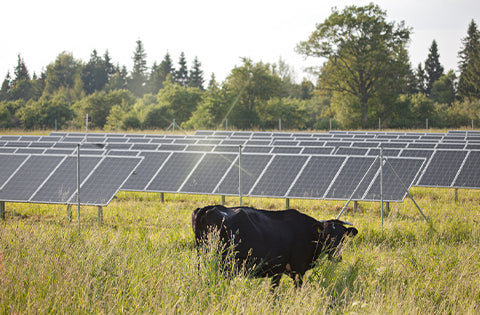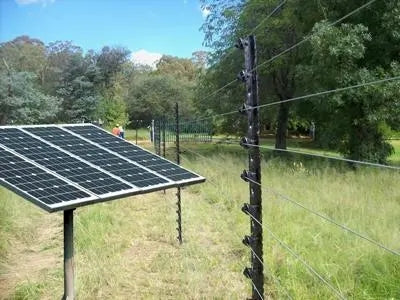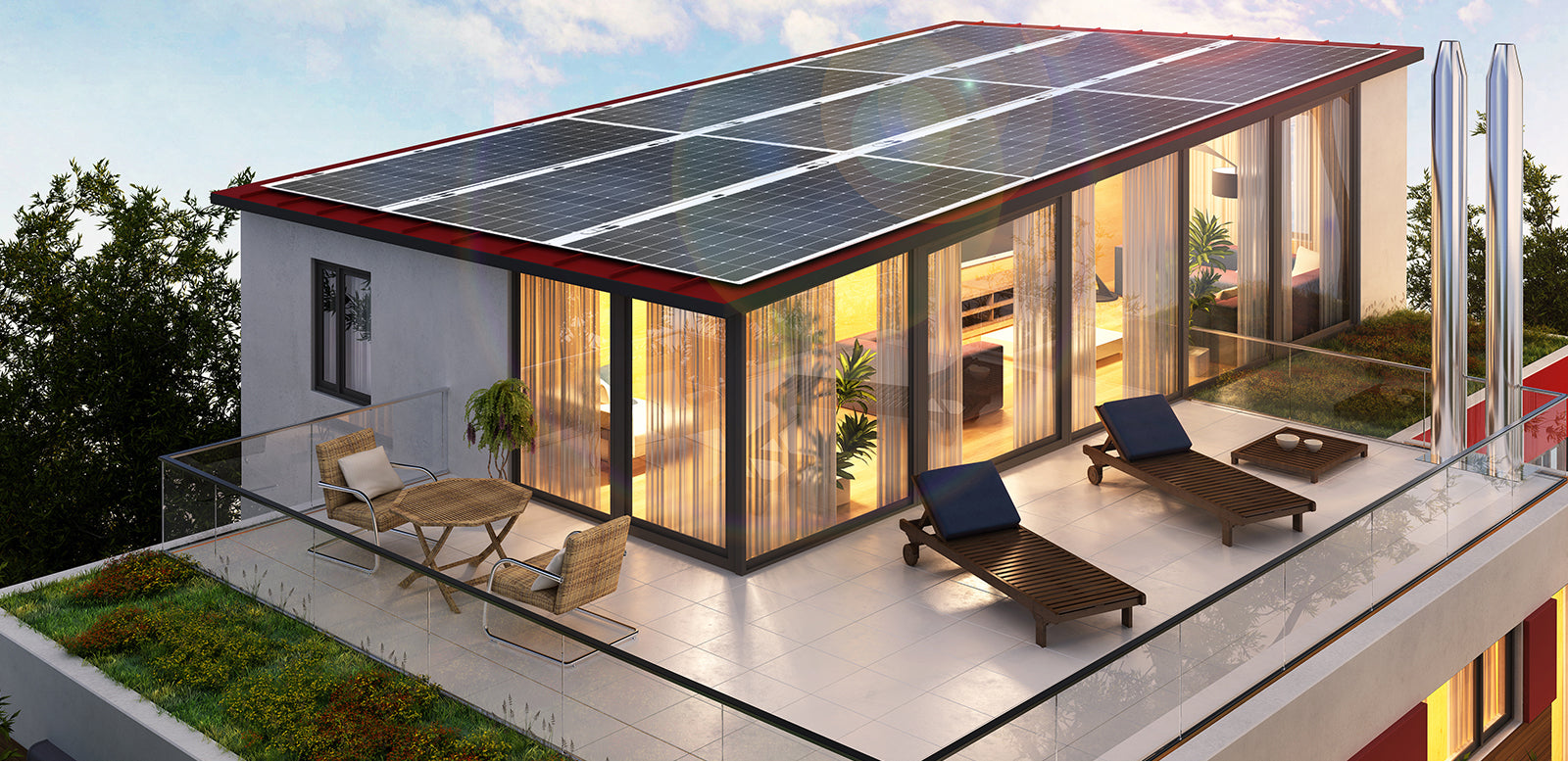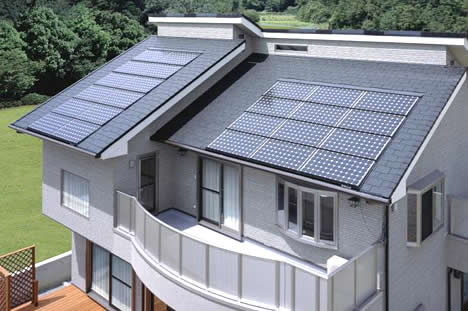Livestock containment is a constant concern for farmers, ranchers, and livestock hobbyists around the world. Making sure that you have a secure containment system for the animals in your herd that is also cost effective is of the utmost importance to your financial bottom line. Electric fence is one of the most common containment systems; while it does not have a high cost in its most conventional construction it can be even more cost effective when you use solar powered chargers. But cost is not the only concern when you are looking at charging your electric fence, being versatile for your individual needs, as well as easy to move and use as needed are just as important. With that being said, let’s take a little deeper look at solar powered fencing?

As with any electric fence, the goal is to contain your livestock and protect both your livestock and property from wildlife. Any electric fence when properly installed and charged will do this, but a solar powered fence charger will allow you to have your fence charged via sun light power collected by a photo voltaic panel that is then converted via the panel into electricity.This process allows you to set up your fence in areas that you might not have access to with conventional electric fencing.
Solar powered fencing allows you to construct your fencing in remote areas that may not have power readily accessible, or even temporary locations where there is no need to have power at all times. These charging units are exceptionally useful for traveling with horses or other show animals where you need a quick secure fence but don’t have access to power, or do not want to pay for power. Many livestock owners who bored there animals have gone to these types of fences as it lowers the financial impact that it has on the property owner while still giving them the peace of mind that comes with knowing their livestock is safe. In addition solar power has the ability to be easily moved when you using rotational or strip grazing methods, the cost of having one solar powered unit that can be moved as needed is much more appealing than conventional options that may require multiple units, or restrict where you can use your electric fence because of access to power. Some chargers are solar panel compatible, requiring you to attach it to a solar unit.
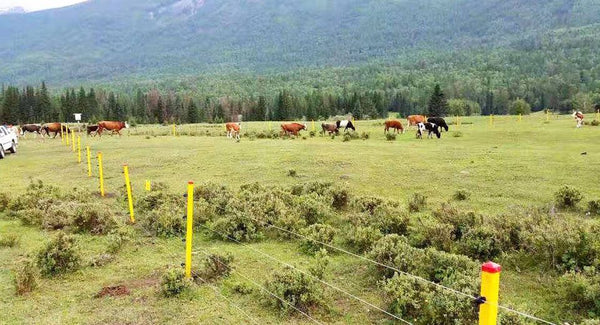
Battery powered fences are just as versatile; however, the problem with battery powered fencing is the battery itself. How long will the battery power the fence, what impact does a weak battery have on fence power? These potential problems are not concerns when you use solar powered fences. A quality solar charger has the potential to hold enough power on a full charge to maintain a charged fence for up to three weeks. For those who are worried that this might not be sufficient? Then solar powered charges provide you with the flexibility to connect to an alternative battery source, or a trickle charger if needed or for peace of mind during poor weather. This versatility allows you to continue to use solar powered fencing without having to worry about inclement weather impacting your herds’ safety.
Finally, and most importantly to those who are looking at the bottom dollar financially. While there is a slightly higher upfront cost for solar fence chargers, the long term savings of not having to supply electricity to them far out weights the initial cost. Battery units in these chargers are good for 3 to 4 years, before needing to be replaced. This is still a better option than replacing an entire charger every 4 years or so.
The cost savings, versatility, and ability to use solar powered fencing anywhere you need it are the prime reasons to use solar powered fence over standard conventional electric fencing. You can rest assured that your livestock is safely contained, and that local wildlife is kept at bay by using electric fencing, but solar power has the ability to be taken with you, placed in areas that do not have access to electricity, and being moved from pasture to pasture as needed for use on strip or rotational grazing set ups. We all know the investment we make financially, emotionally, and in main hours to keep our livestock safe and well cared for, fencing should not be a daily worry when the answer is right in front of us.
Frequently Asked Questions
PV syst-based comparative analysis for bifacial, monofacial PV projects
Scientists in Palestine say that controlled tests show that bifacial solar panels produce 6.81% more electricity than monofacial PV modules.
How generous subsidies helped Australia to become leader in solar power
For a brief period over several weekends this spring, the state of South Australia, which has a population of 1.8 million, did something no other place of a similar size can claim: generate enough energy from solar panels on the roofs of houses to meet virtually all its electricity needs.
Series and parallel connection of solar panels? How to choose?
Solar panels connected in series are linked end to end. The current remains the same as that of a single panel. In a parallel configuration, solar panels are connected side by side, with the positive terminals connected to each other and the negative terminals likewise.
To learn more about photovoltaic power generation, please follow SOLARPARTS official website:
Twitter: Solarparts Instagram: Solarparts
Tumblr: Solarparts Pinterest: Solarparts
Facebook: Shenzhen Solarparts Co., Ltd.
Email address: Philip@isolarparts.com
Homepage: www.isolarparts.com
